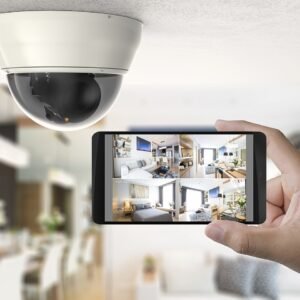You bet you can! In today’s digital age, it’s easier than ever to keep an eye on your home from anywhere in the world. With just a few taps on your smartphone or clicks on your computer, you can arm and disarm your security system, view live video feeds, and even receive instant notifications if any unusual activity is detected. It’s like having a personal security guard right at your fingertips!
But wait, there’s more! In our upcoming article, we’ll delve deeper into the world of remote home security systems. We’ll explore the different options available to you, discuss the benefits and features of each, and provide you with step-by-step instructions on how to set up and control your system. Whether you’re a seasoned tech wizard or a complete newbie, we’ve got you covered. So stay tuned as we guide you through the process of taking control of your home security like a pro. Your peace of mind is just a click away!
What is a home security system?
Definition and features of a home security system
A home security system is a network of devices and sensors designed to protect your home and property from unauthorized access and potential threats. These systems typically include various components such as surveillance cameras, motion detectors, door and window sensors, and alarm systems. The primary goal of a home security system is to detect and deter intruders, alert homeowners to potential threats, and provide a sense of safety and security.
Types of home security systems
There are several types of home security systems available in the market today, each offering different features and capabilities. Some of the common types include:
- Monitored systems: These systems are connected to a monitoring center that receives signals from your home security devices. In the event of an emergency or alarm trigger, the monitoring center will notify the appropriate authorities.
- Unmonitored systems: Unmonitored systems don’t involve a monitoring center but instead rely on audible alarms or notifications sent directly to the homeowner’s smartphone or computer. The homeowner is responsible for responding to these alerts and contacting the authorities if necessary.
- Wireless systems: Wireless home security systems use wireless communication technology to connect various devices and sensors throughout the home. This eliminates the need for complicated wiring and allows for easy installation and relocation of devices.
- DIY systems: DIY (Do-It-Yourself) home security systems are designed for easy installation and setup by homeowners themselves. These systems often come with step-by-step instructions and can be customized to fit the specific needs of the user.
Benefits of accessing and controlling a home security system remotely
Convenience and flexibility
One of the major advantages of accessing and controlling your home security system remotely is the convenience it offers. With the ability to connect to your system using a smartphone or computer, you can easily arm or disarm your security system from anywhere, at any time. This means you no longer have to rush back home to turn off the alarm or worry about forgetting to set it before leaving.
Peace of mind
Knowing that you can monitor and control your home security system remotely provides peace of mind, especially when you’re away from home. Whether you’re at work, on vacation, or running errands, being able to check in on your security cameras, receive real-time alerts, and manage your system gives you a sense of control and reassurance.
Enhanced security
Remote access to your home security system allows you to actively monitor your property and respond quickly to any suspicious activity. By being able to view live camera feeds, access sensor alerts, and control automation and smart devices remotely, you can take immediate action in case of a security breach or emergency.
Real-time monitoring
Having remote access to your home security system means you can monitor your property in real-time, even when you’re not physically present. This is particularly useful for keeping an eye on your home when you’re on vacation or when you have children or pets at home with a caregiver. Real-time monitoring allows you to stay connected and address any potential issues as they arise.
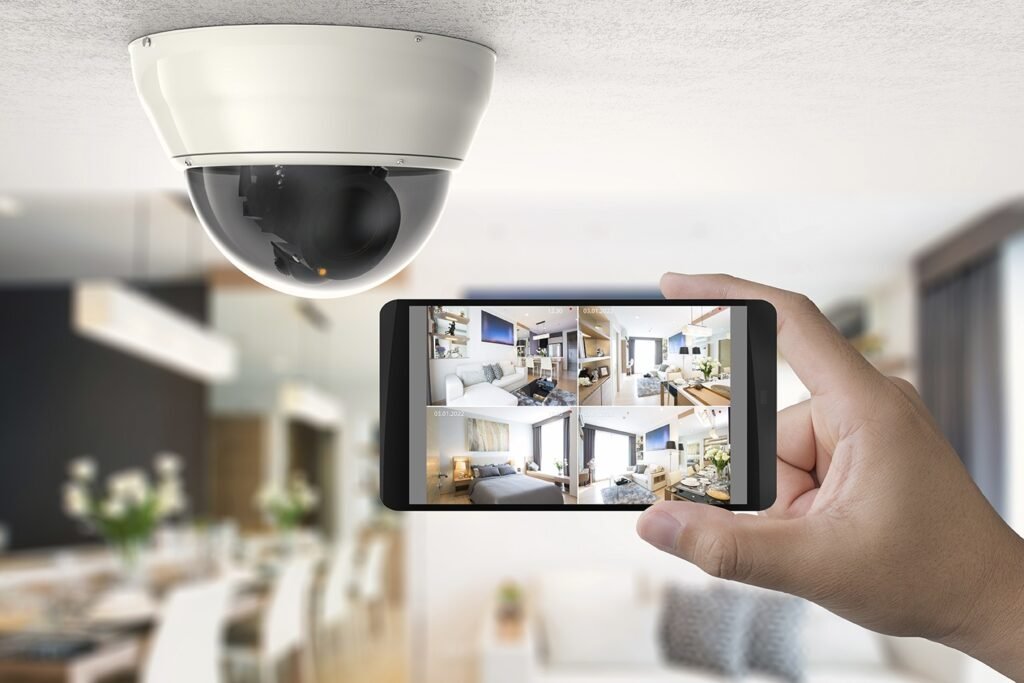
This image is property of www.australiansecurity.com.au.
Remote access options for home security systems
Using a smartphone
One of the most common ways to access and control a home security system remotely is through a smartphone app. Many home security system providers offer dedicated mobile apps that allow users to connect to their systems using their smartphones. These apps typically provide a user-friendly interface with options for arming and disarming the system, viewing live camera feeds, and receiving notifications and alerts.
Using a computer
In addition to smartphone apps, some home security systems also offer web-based portals or software that can be accessed through a computer. This provides users with another option for remotely accessing and controlling their security systems. Computers provide a larger screen and more advanced features for managing and monitoring your home security system.
Compatibility with different operating systems
When considering remote access options for your home security system, it’s important to ensure compatibility with the operating systems of your smartphone or computer. Most security system providers offer apps and software that are compatible with both iOS and Android devices. Similarly, they may offer web-based portals that work with popular web browsers such as Google Chrome, Safari, or Microsoft Edge.
Setting up remote access for your home security system
Installing a dedicated mobile app
To set up remote access for your home security system using a smartphone, the first step is to install the dedicated mobile app provided by your security system provider. This app is typically available for download from the Apple App Store or Google Play Store. Once the app is installed, you will need to log in or create an account to connect it to your home security system.
Configuring system settings for remote access
Once you have installed the app and logged into your account, you will need to configure the system settings for remote access. This involves linking your home security system to your smartphone app by entering the necessary information, such as your account credentials or system serial number. Once the setup is complete, you should be able to access and control your home security system remotely using your smartphone.
Setting up network connectivity
To enable remote access to your home security system using a computer, you may need to set up network connectivity. This typically involves connecting your computer to the same network as your home security system. Some security systems may require additional setup steps, such as port forwarding or configuring network settings on your router. It is recommended to consult the user guide or contact your security system provider for specific instructions.
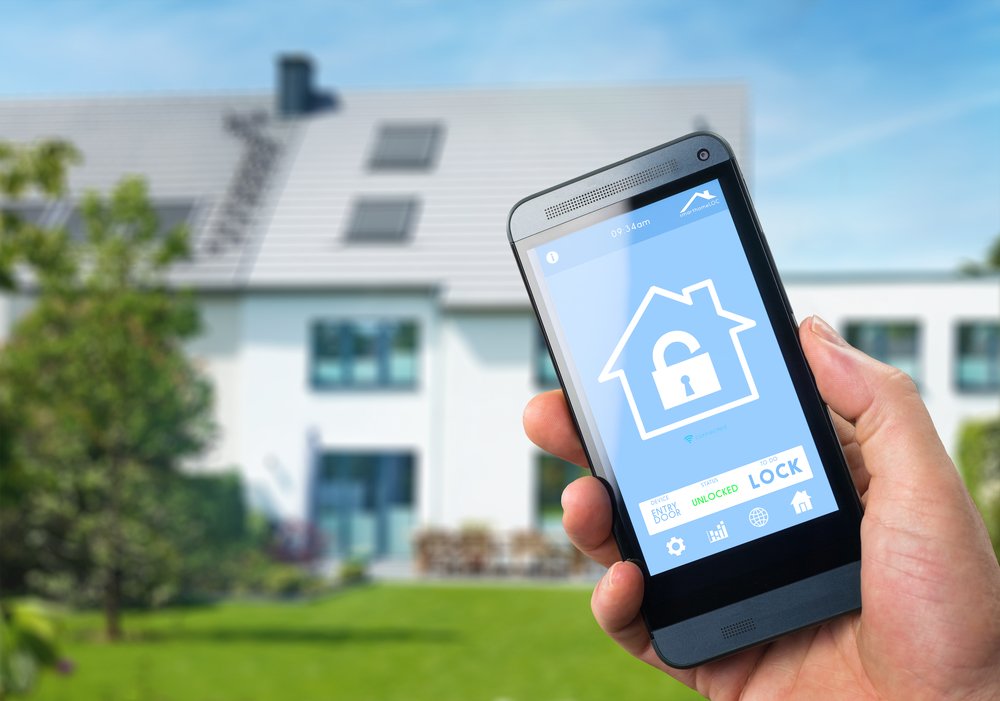
This image is property of www.passsecurity.com.
Controlling your home security system remotely
Arming and disarming the system
One of the primary functions of remote access is the ability to arm or disarm your home security system remotely. Using your smartphone or computer, you can easily toggle the system between armed and disarmed modes. This allows you to activate the alarm and security features when you leave the house and deactivate them when you return, all with a few taps or clicks.
Monitoring security cameras
With remote access, you can view real-time footage from your security cameras at any time, from anywhere. This enables you to monitor your property for any suspicious activity, check in on family members or pets, or simply keep an eye on your home when you’re away. Some security systems also allow you to control the camera‘s pan, tilt, and zoom features for a more comprehensive view.
Accessing sensor alerts
Home security systems typically include various sensors, such as door and window sensors, motion detectors, and smoke detectors. When these sensors are triggered, either by unauthorized entry or the presence of smoke or carbon monoxide, they send alerts to your smartphone or computer. With remote access, you can receive these alerts in real-time and take appropriate action, such as contacting the authorities or addressing the issue remotely.
Managing automation and smart devices
Many home security systems now integrate with home automation and smart devices, such as smart locks, thermostats, and lighting systems. With remote access, you can control and manage these devices remotely. For example, you can lock or unlock your front door for a visitor, adjust the temperature settings while you’re away, or turn on the lights to create the illusion of someone being home.
Security concerns and measures for remote access
Securing your smartphone or computer
When accessing your home security system remotely, it is crucial to ensure the security of your smartphone or computer. Both devices should be protected by a passcode or PIN, and, whenever possible, biometric authentication such as fingerprint or facial recognition. It’s also important to enable automatic locking and set a short timeout period for inactivity to prevent unauthorized access.
Implementing strong passwords and authentication
To further enhance the security of your remote access, it is recommended to use strong, unique passwords for your home security system accounts. Avoid using common passwords or personal information that can be easily guessed. Some security systems also offer two-factor authentication, which adds an extra layer of security by requiring a code or verification from a secondary device.
Using secure network connections
When remotely accessing your home security system, it is essential to connect to secure and trusted networks. Avoid using public or unsecured Wi-Fi networks when accessing sensitive information. Instead, opt for secure Wi-Fi networks or consider using a virtual private network (VPN) to encrypt your connection and protect your data from potential eavesdropping or hacking.
Regularly updating system firmware
To ensure the ongoing security of your home security system, it is important to regularly update the firmware of your devices and software. Firmware updates often include security patches and bug fixes that address vulnerabilities or weaknesses in the system. Check for updates regularly and apply them as soon as they become available to keep your system up to date and secure.

This image is property of static.wixstatic.com.
Challenges and limitations of remote access
Dependence on internet connectivity
Remote access to your home security system relies heavily on internet connectivity. If your internet connection goes down or becomes unstable, you may experience difficulties accessing and controlling your system remotely. It’s essential to have a reliable internet service provider and a backup plan in place, such as a cellular data connection or a secondary internet connection, to ensure continuous remote access capabilities.
Potential risks of hacking
As with any internet-connected device or system, there is always a potential risk of hacking or unauthorized access. Cybercriminals may attempt to gain access to your home security system through vulnerabilities in the software or by exploiting weak or reused passwords. It is crucial to follow best practices for cybersecurity, such as implementing strong passwords, enabling two-factor authentication, and regularly updating your system’s firmware to minimize these risks.
Compatibility issues with older systems
Remote access features may not be available or fully compatible with older home security systems. If you have an older system, it’s important to check with your security system provider to determine if remote access options are supported. In some cases, upgrading to a newer system may be necessary to take advantage of the latest remote access features and capabilities.
Tips for maximizing the effectiveness of remote access
Regularly test remote access functionality
To ensure that remote access is working correctly, it is recommended to regularly test its functionality. This can involve arming and disarming the system, checking camera feeds, and accessing sensor alerts. By doing so, you can identify any issues or connectivity problems and address them promptly to maintain uninterrupted remote access capabilities.
Ensure proper system maintenance
Regular maintenance of your home security system is vital for optimal performance and reliability. This includes cleaning camera lenses, replacing batteries in sensors or devices as needed, and checking for any physical damage or wear. By properly maintaining your system, you can ensure that remote access functions smoothly and that your home remains protected at all times.
Keep emergency contacts handy
In addition to remote access capabilities, it’s important to have emergency contacts readily available in case of an alarm or security breach. Store important contact numbers, such as the local police department or an emergency contact person, in your smartphone or near your computer for quick and easy access. This ensures that you can quickly respond to any emergencies or alert the necessary authorities if needed.
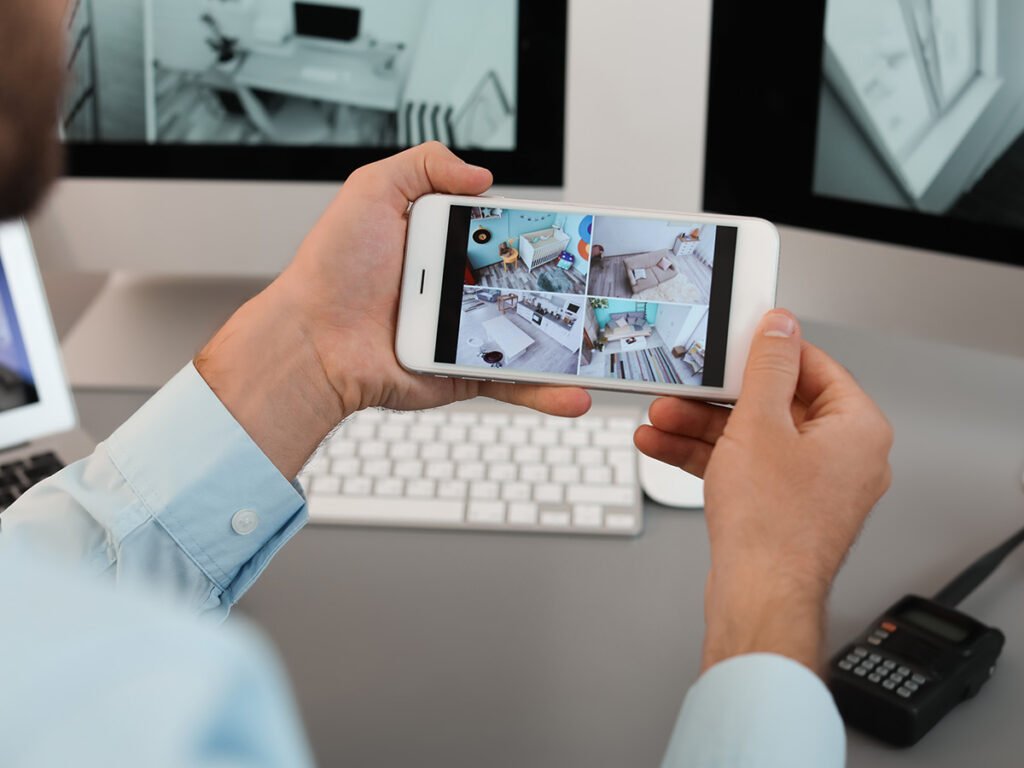
This image is property of fifteenalarms.com.
Cost considerations for remote access
Additional expenses for remote access features
While many home security systems offer remote access features as part of their packages, some advanced capabilities may come at an additional cost. For example, certain smartphone apps or software upgrades that provide more extensive remote access functionality could incur additional expenses. It’s important to review the pricing and plans offered by your security system provider to understand any potential costs associated with remote access.
Subscription fees for remote monitoring services
If you opt for a monitored home security system with professional monitoring services, there may be subscription fees involved. These fees cover the cost of 24/7 monitoring and remote access to your system by the monitoring center. The exact cost will depend on your security system provider and the level of monitoring services you choose. Be sure to understand the details and fees associated with remote monitoring before making a decision.
Conclusion
The convenience and benefits of accessing and controlling a home security system remotely using a smartphone or computer are undeniable. With remote access, you can arm or disarm your system, monitor security cameras, access sensor alerts, and manage automation and smart devices from anywhere at any time. However, it is crucial to ensure the implementation of proper security measures to safeguard against potential risks. By securing your smartphone or computer, implementing strong passwords, using secure network connections, and regularly updating your system’s firmware, you can maximize the effectiveness of remote access and enhance your home security. With the right setup and precautions, remote access can greatly enhance home security and provide peace of mind.
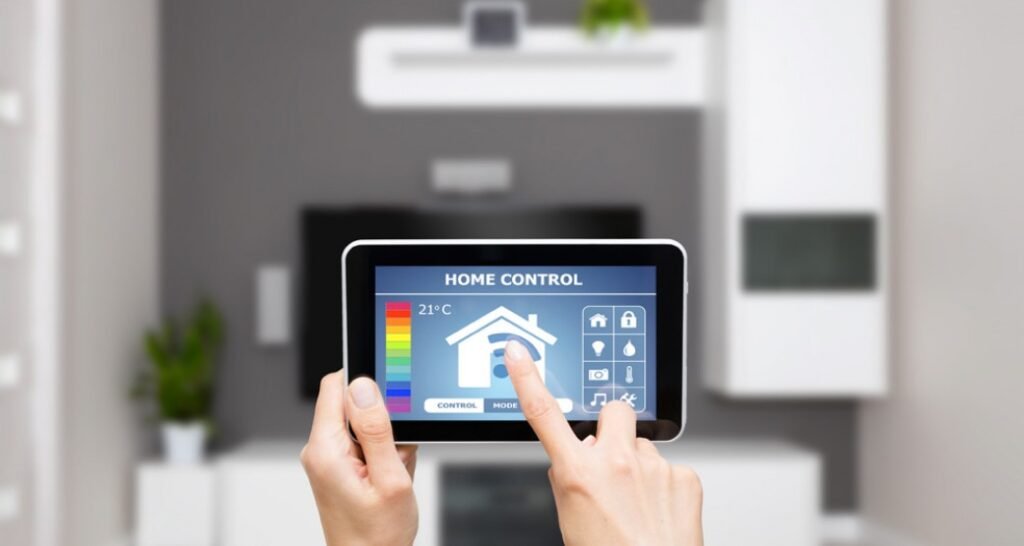
This image is property of protechsecurity.com.
